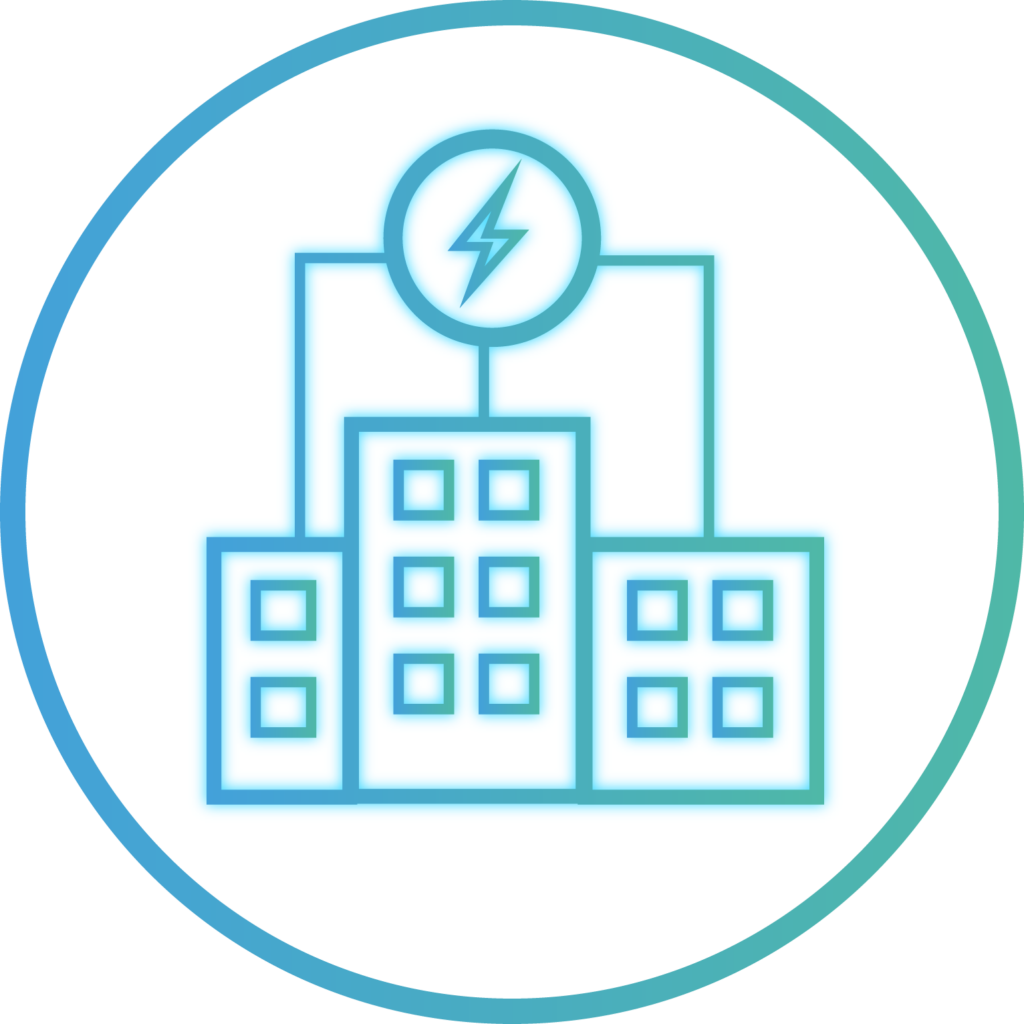Cross-Sectorial Business and Contraction Models

NEON will exploit new business opportunities and enable revenue streams in energy and Demand Response (DR) markets in expansion.
Also, the NEON project will deliver innovative business models that will unlock the energy efficiency and flexibility potential, enable energy sharing, and boost the penetration of Renewable Energy Sources (RES).
It will deliver cross-sectoral business models to exploit the underlying technology, smart grid concepts, and cross-service integration by combining:
- grid-centric approach positioned around the grid stakeholders, such as grid operators and utilities, and
- community-centric approach by engaging the consumers/communities.
Service providers, ESCOs, and aggregators will give an active role in serv as a bridge between the grid and consumption.
NEON will build on Energy Performance Contracting (EPC), such as ‘guaranteed savings’ and ‘shared’ models; and Pay-for-performance (P4P), considering ‘standard-offer’ and ‘bidding’ flexibility programs, contractual schemes, bringing profit to the parties along the energy value chain.
NEON will address legal and regulatory conditions for contracting schemes implementation linked to the Renewable Energy Source (RES) and storage (e.g., for handling the peak consumption hours) and identify potential contractual arrangements across actors.
By integrating such business models into the “live” energy and flexibility markets, NEON intends to reveal the significant potential of Citizen Energy Communities (CECs) in terms of technological, social, environmental, and economic innovation, thus providing a proof of integrative service concepts.
Current technological, economic, and regulatory barriers, such as self-consumption and feed-in constraints, limited economic diversification, and limited market access, represent a challenge for the NEON project.
NEON will address these challenges by tapping into the largely unexploited efficiency and flexibility potential and providing evidence that communities can reverse this trend with cutting-edge technologies complemented by an enabling regulatory and financial framework.